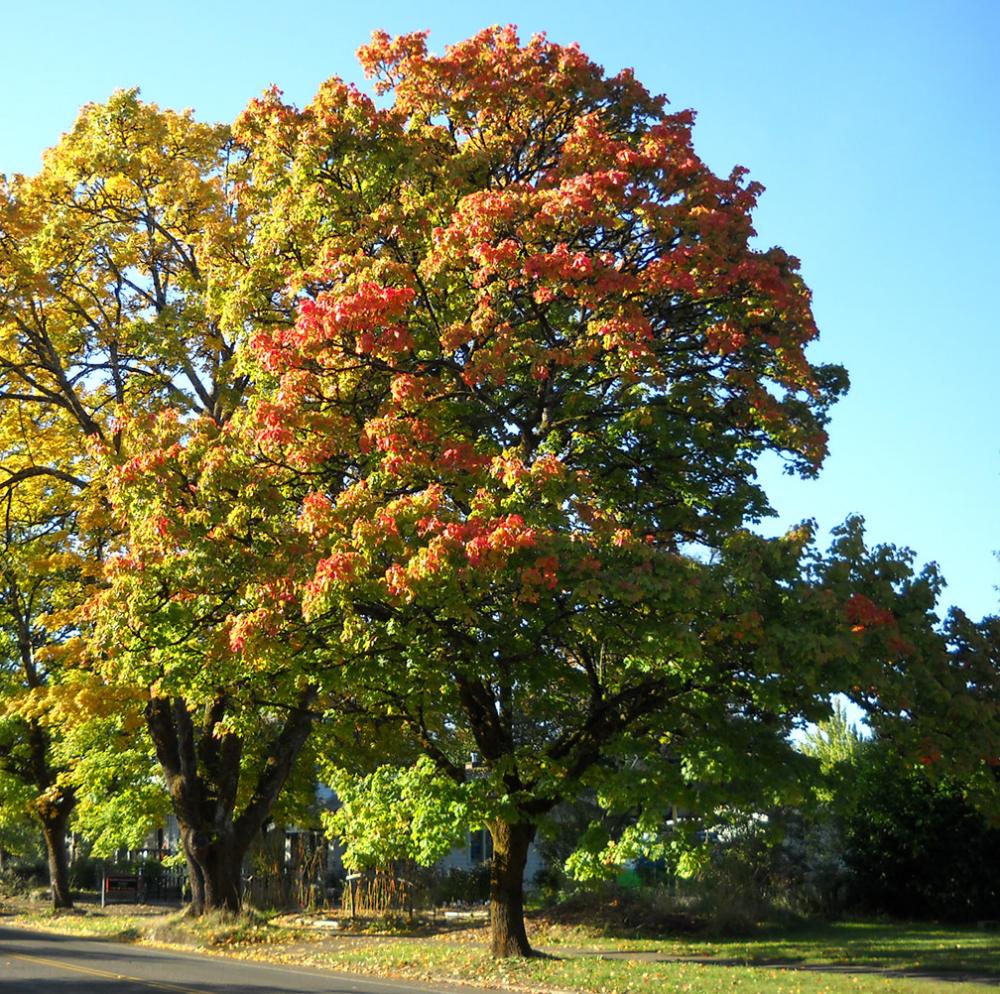How To Know If You Have A Dangerous Tree In Your Backyard
Tree Image Here
Trees can beautify your property because of the natural landscape it brings. However, trees can also become hazardous, especially when they have aged. Tree hazards can damage your property or, worse, hurt people or cause accidents.
If you’re really unlucky, the injured victim can file a lawsuit against you. This is why you shouldn’t ignore the signs pointing to the trees in your backyard being dangerous.
If you’re unaware if a tree is already dangerous, then here’s how you can know:
1. Leaning Tree
If you’re wondering whether a leaning tree in your backyard is a threat or not, then consider these factors. First, you must know whether the tree has naturally grown to lean to one side.
If it did, then it’s not considered dangerous. As some trees grow towards the direction of the light, it’ll develop a lean. Moreover, it is in the nature of other trees to grow leaning towards one side because most of its weight is on that side.
Don’t worry because this type of tree balances itself by sending out other roots on the opposite side.
However, if a particular tree in your yard suddenly develops a lean, it’s time to call the professionals. This type of leaning tree may be caused by strong or heavy rains and wind. The soil softens, causing your tree to lean sideways.
If you’re living in Cincinnati, you can always call on a tree service Cincinnati OH company to evaluate your leaning tree and take the necessary measures.
2. Changing Barks
Another visible sign that will tell if your tree is hazardous is when the tree barks change. The ‘ingrown’ or included bark tissues grow around the part where two stems branch out.
As a result, two or more stems will form a “V” formation when growing close to each other. Normally, two or more stems will form a “U” formation.
However, years of not pruning your trees can cause a “V” formation, which will break or split the stems. Check your tree stems if it forms a “V” formation or the bark surrounding them. If such a bark has a different appearance from the general bark, then the tree will become prone to decay.
Although it won’t cause immediate danger, the decay will develop and spread out, which will weaken some parts of the tree. Before the entire tree decays, uproot it and use the wood to beautify your home or deck. Instead of waiting for the tree to die down, you can create wooden chairs and other wooden furniture out of the remaining wood.
3. Dead Limbs
Aside from barks, you can also consider a tree with dead limbs as dangerous. This is because the dead limbs can affect the live tissues of your tree, later on spreading the decay.
When your tree is slowly dying, it’ll become weak, and its branches may fall off when hit by strong winds. However, some dead limbs may remain attached to a tree for years. Still, you’ll know if your tree has dead limbs when you notice these signs:
● When all branches have green leaves except for the dead limb. The dead branches will be leafless even when it’s still the summer season.
● On the other hand, if the dead leaves don’t fall off like in other branches, then the limbs where dead leaves stay is also dead. Dead leaves from dead limbs will only fall off due to strong winds, but the nodes of the dead leaves will remain in the dead limbs.
● Lastly, if you see large fungi infecting some parts of the tree, then you’ll know the branches are dead.
4. Problematic Roots
Branches that fall off aren’t the only things that bring harm. This can also happen when your tree has root problems. Some root problems include but are not limited to root decays.
Usually, root problems occur due to the following:
● When you keep on driving or parking your vehicles over the roots.
● When you lower or raise the soil grade near the tree.
● When you pave over or sever the roots.
As a result, your tree may topple over after a strong wind, or suddenly fall off when it can’t carry the weight of its branches or leaves. So before this happens, you can uproot the tree when above- ground symptoms appear.
For instance, if the smaller and off-color-than-normal leaves appear, the wood in the crown dies or the twigs die. Consider these signs as warnings that your tree may have root problems.
Conclusion
Especially when you haven’t pruned your tree for a long time, it’s best to be wary of the changes in the tree in your backyard. From unusual leaning, dying limbs, to root problems, these may indicate that your tree may become hazardous when ignored.
Now that you know what to inspect from your tree, you don’t have to wait for an accident before deciding to uproot it.
As they say, prevention is better than cure. If you want to have a healthy tree standing in your backyard, prune it regularly. But if you haven’t done so, you should look out for the signs mentioned, so you’ll know whether it’s time to uproot the tree. Its always nice to learn an do things on your own, but a tree expert in Lincoln is also a great option too.
